Gesture navigation has existed since the launch of Android 10 in 2019. While the classic three-button navigation system is still available, gesture navigation frees up space on your screen by moving these action triggers to swipes on your screen.
Whether you recently picked up an Android phone or are switching from three-button navigation, this guide shows you how to activate and use this feature. It’s available on all Android devices running Android 10 or later, including our favorite foldable phones. We also show you how to use the predictive back gestures introduced in Android 14.

5 Android 14 settings you’ll want to change immediately
From your lock screen to new gestures, you need to change these five things after upgrading your smartphone
How to turn on Android’s gesture navigation
When you set up an Android phone for the first time, it usually asks whether you want to use gesture or three-button navigation. If you’ve set up your phone, here’s how to turn on gesture navigation on all Android phones.
Turn on gesture navigation on a Google Pixel phone
- Open the Settings app.
- Scroll down and tap System.
- Tap Gestures.
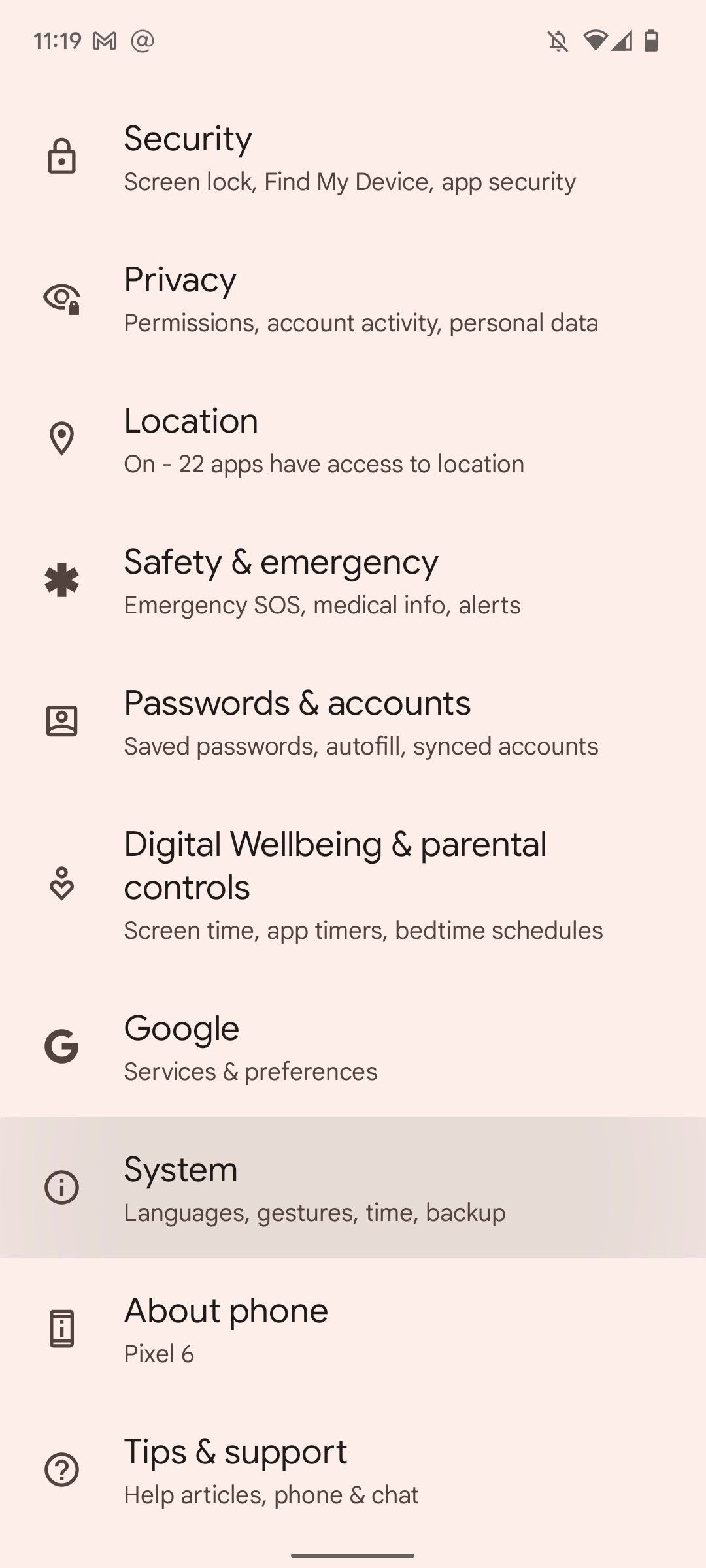
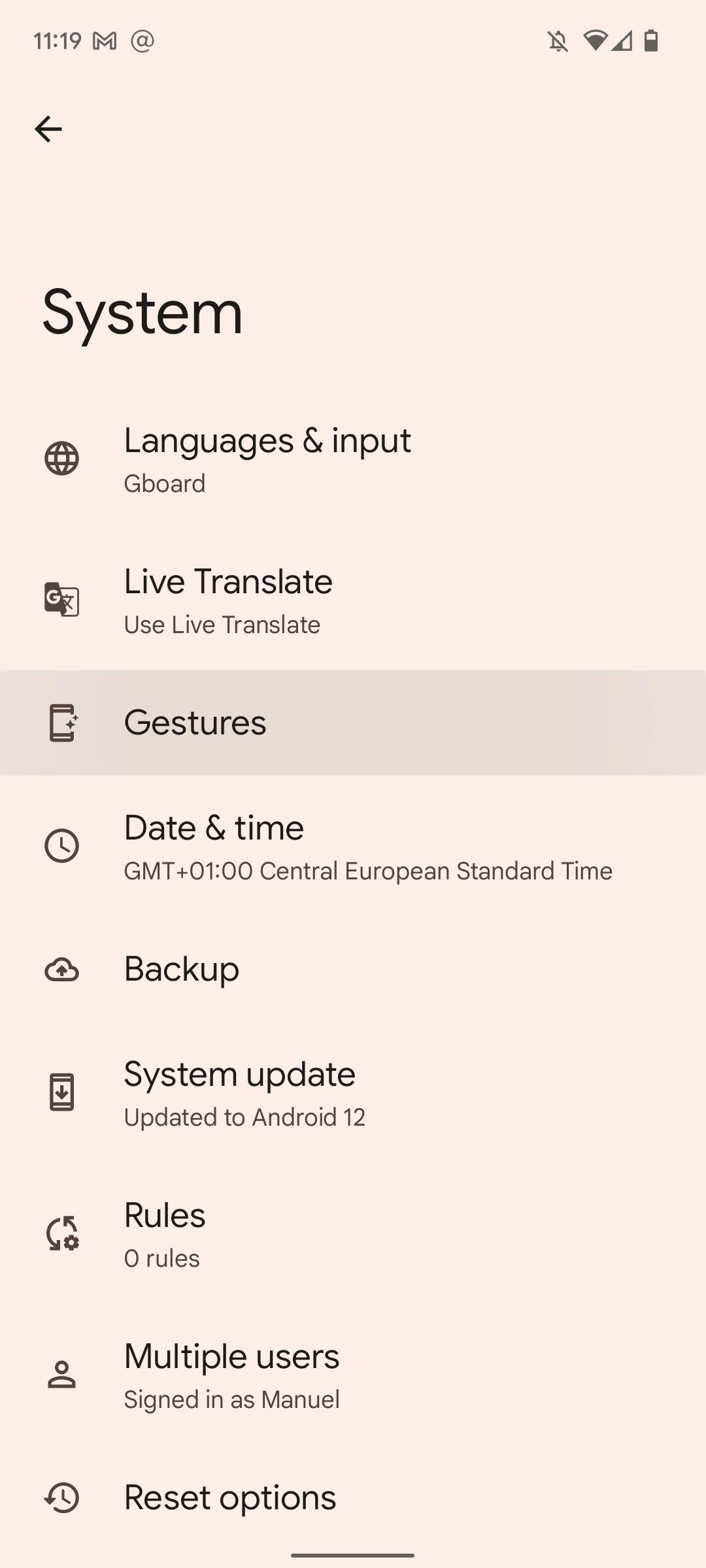
- Select System navigation from the options.
- Tap the Gesture navigation radio button.
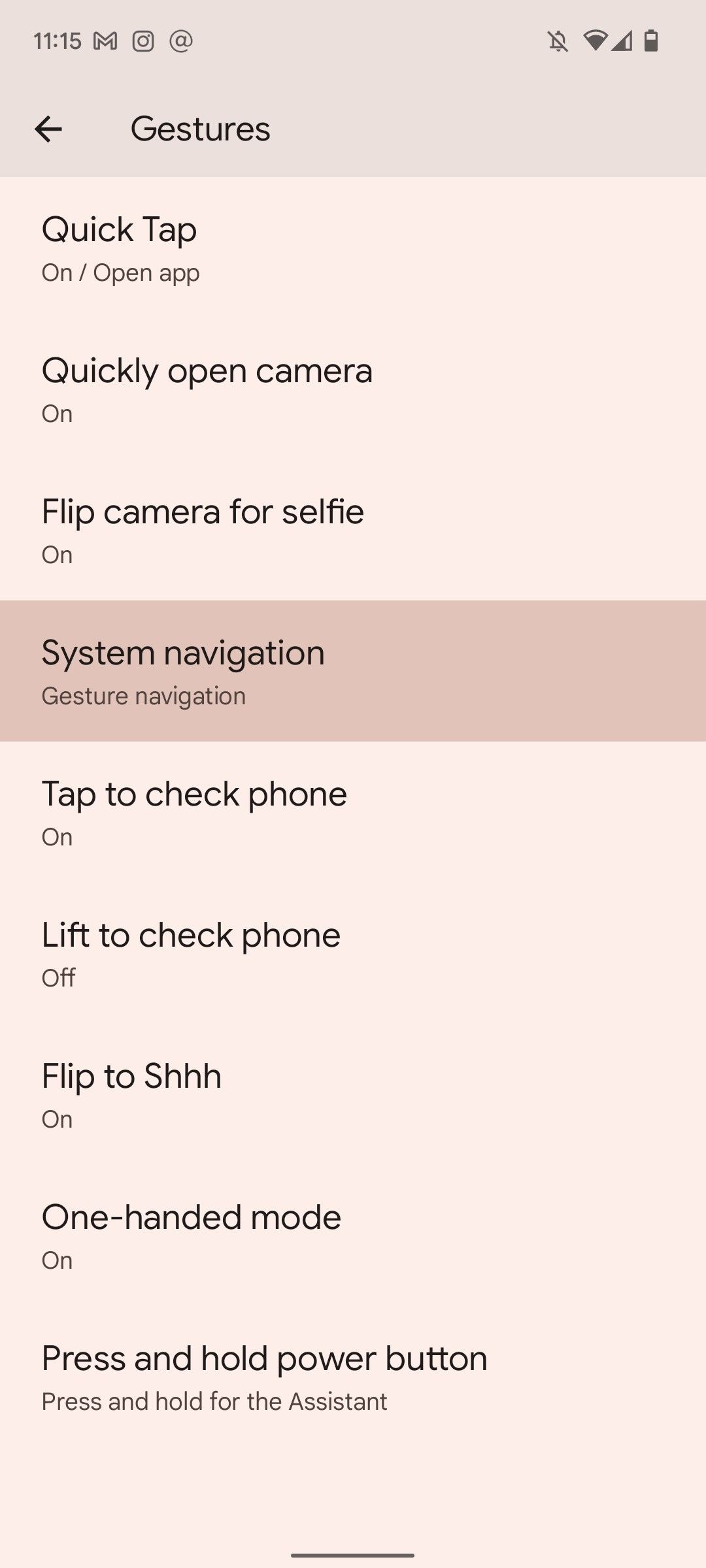
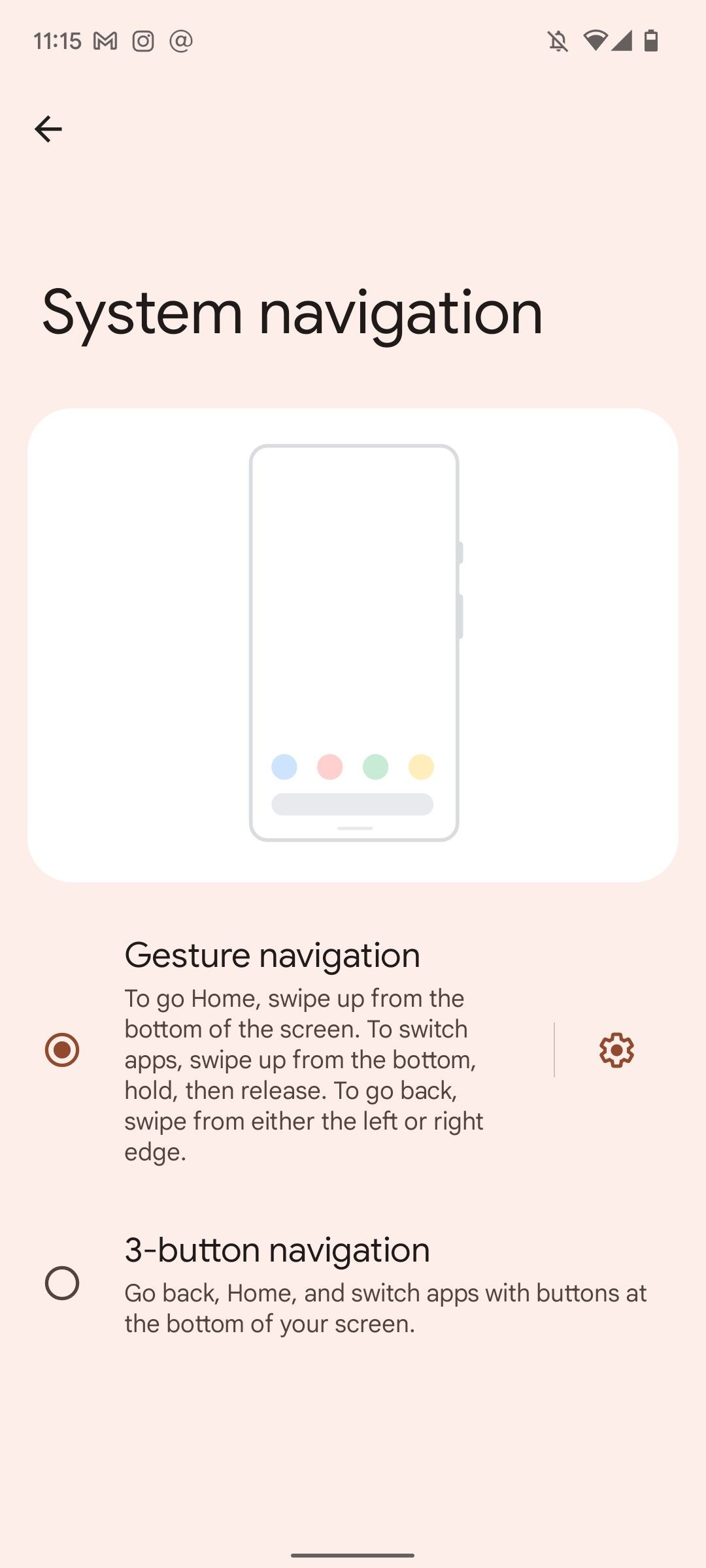
If you use a Motorola, OnePlus, or TCL phone, you can activate gesture navigation using the Pixel tips above. If you have a problem, return to the main settings menu and type “navigation” into the search bar at the top of the screen.
Turn on gesture navigation on a Samsung phone or tablet
- Open the Settings app.
- Scroll down and tap Display.
- Select the Navigation bar option.
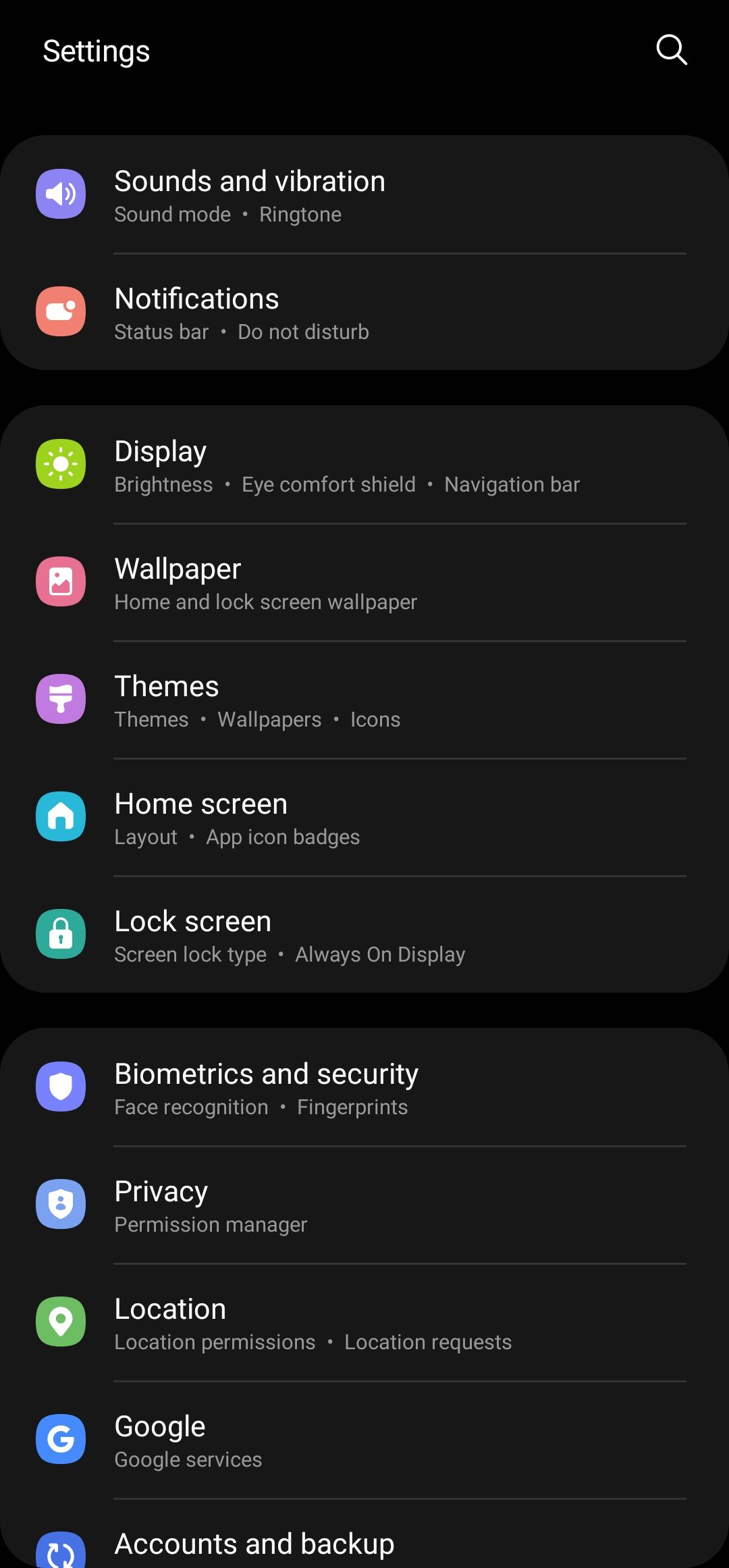
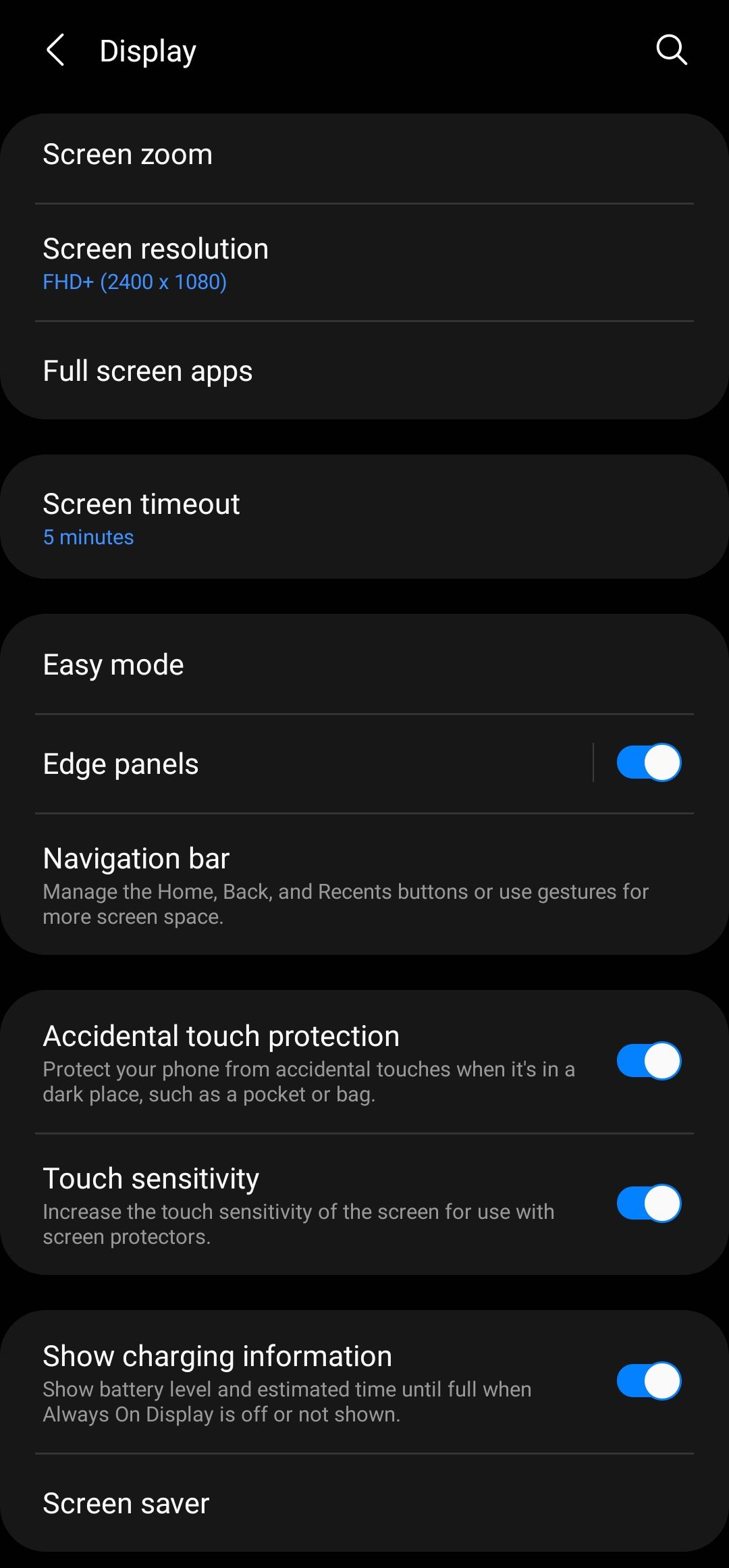
- Tap Swipe gestures.
- Tap the More options button under Swipe gestures.
- You’ll find an option that says Swipe from bottom. Ignore it, and select Swipe from sides and bottom.
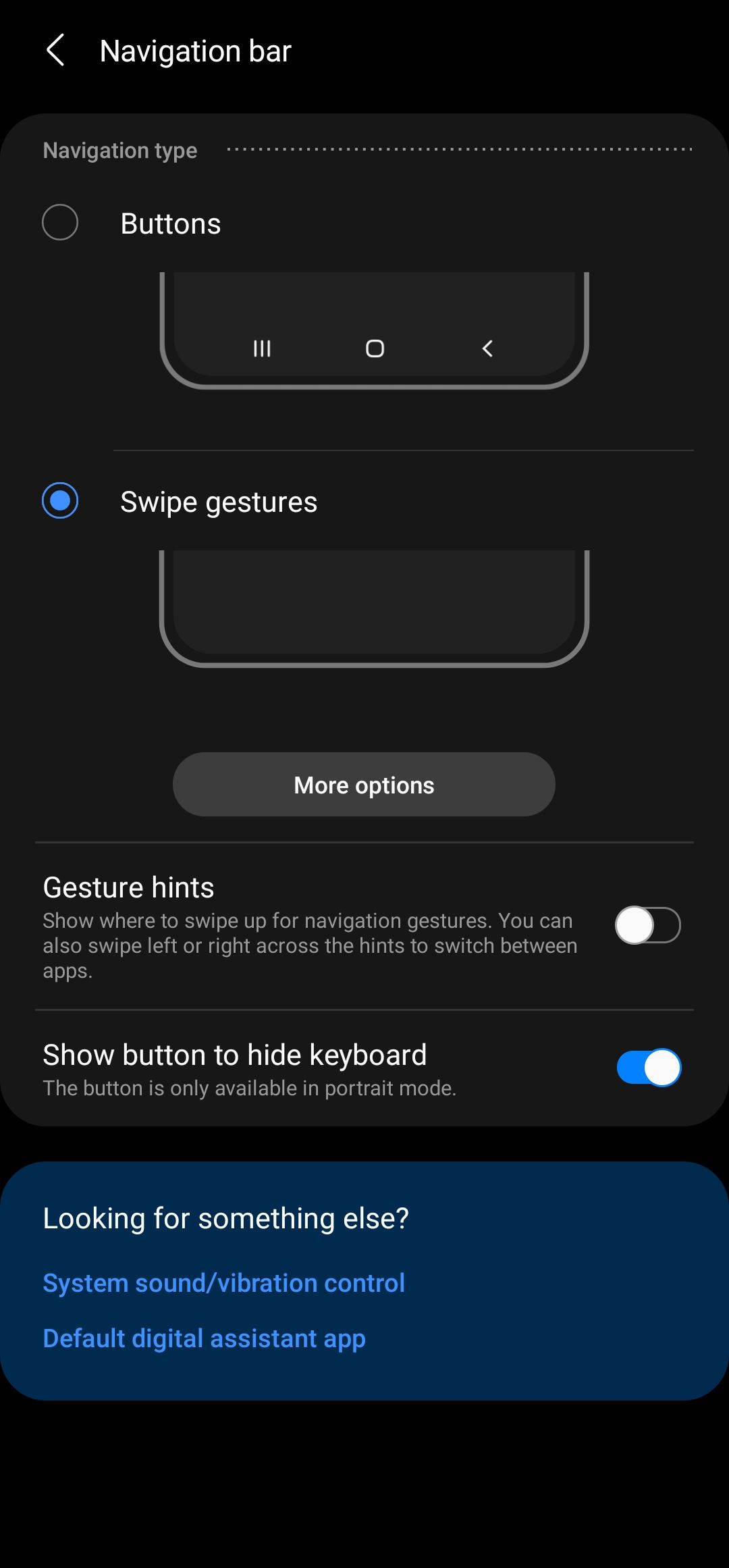
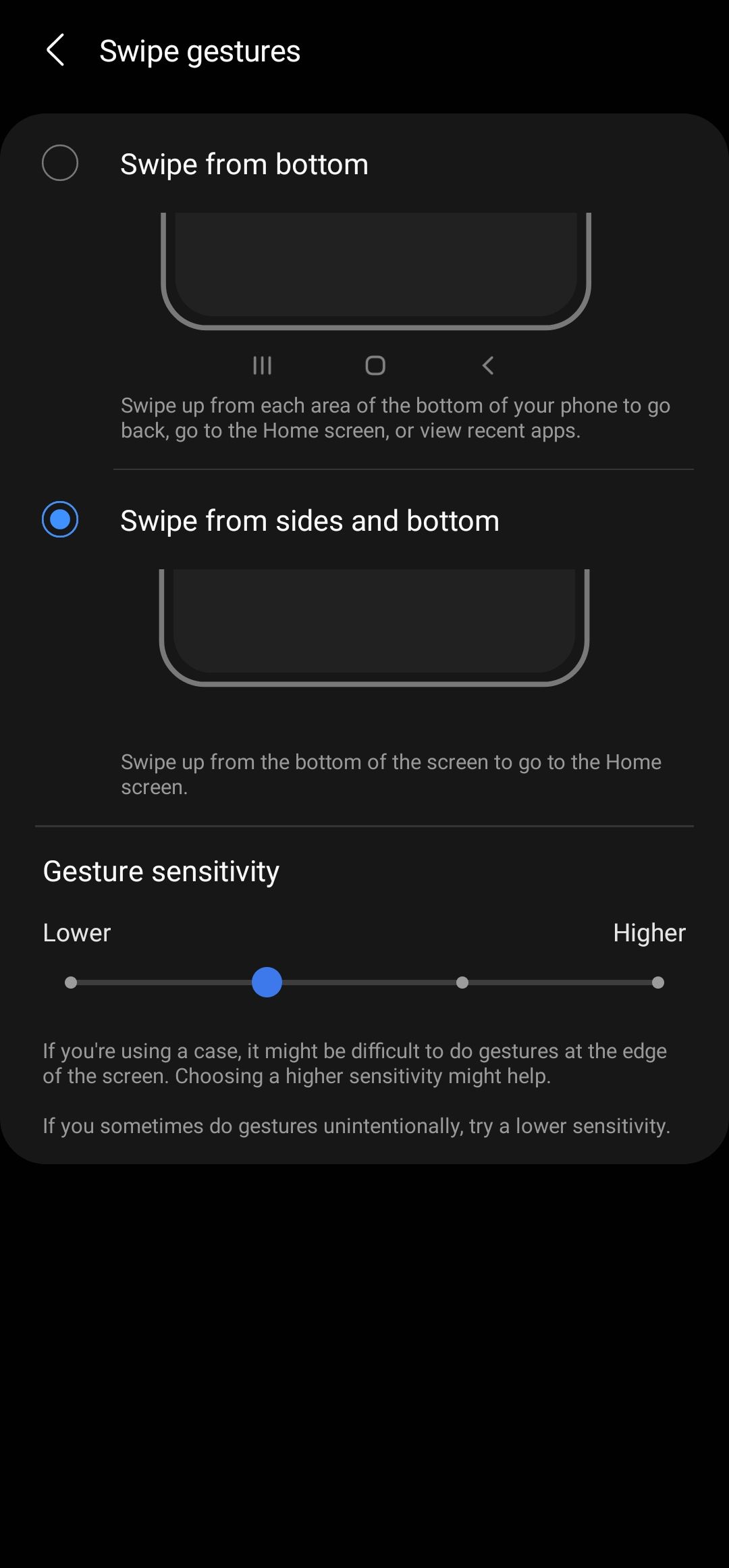
These steps might differ for phones that aren’t mentioned here. When in doubt, search “gesture navigation” in your Settings app’s search bar.
How to use Android’s gesture navigation
Now that you’ve turned on gesture navigation, it’s time to see how it works. Here’s how to use gesture navigation to go to your home screen, go to the previous screen, see your recently used apps, use Google Assistant, and more.
How to return to your phone’s home screen
You turned on gesture navigation, and all you see is a gesture handle or navigation bar centered on the bottom of your screen. You’re still stuck in Settings. How do you return to the home screen? Swipe up from the thin line at the bottom of the screen, and you’ll be back on the home screen. The gesture works from any app or interface. Ensure your hand doesn’t linger on the screen too long when you swipe, as that triggers another response.
Still on the home screen, swiping up from anywhere opens your app drawer. The difference between this and the home screen gesture is that you do not swipe from the navigation bar. Instead, start anywhere above the white line — you can start from the middle of the screen. However, this gesture only works when you’re already on the home screen and only if your phone comes with an app drawer. Some manufacturers like Xiaomi don’t offer one by default.
How to go back with Android’s gesture navigation
How do you close an app or interface and return to the previous page without the back button? Swipe from your display’s left or right edge, and you’ll notice an arrow pop out. Release your finger, and that’s it. You can do it from any point along the entire length of your screen. If the gesture triggers easily or barely, adjust the sensitivity on the gesture settings screen. A higher sensitivity lets you activate the gesture further away from the edge of your screen.

The downside of this gesture is that it tends to interfere with slide-out menus and certain in-app navigation systems. To overcome this, tap and hold the edge of your screen before swiping, which allows you to pull out menus. Some people avoid the back gesture by swiping at a 45-degree angle, but we find the former option more reliable. Swiping straight without a pause usually only activates the back gesture.
How to see your recently-used apps on Android
Remember when we said not to let your hand linger on the screen for too long when swiping to return to the home screen? That’s how to open the recent apps list or overview screen.
Drag a finger up from the thin line and hold until you feel the phone pulse. Your recent apps appear on the screen in a preview window, with the recent apps in view and the others lined to its left on Pixel phones. Depending on your Android version and device, you may see additional toggles like Screenshot in this menu.
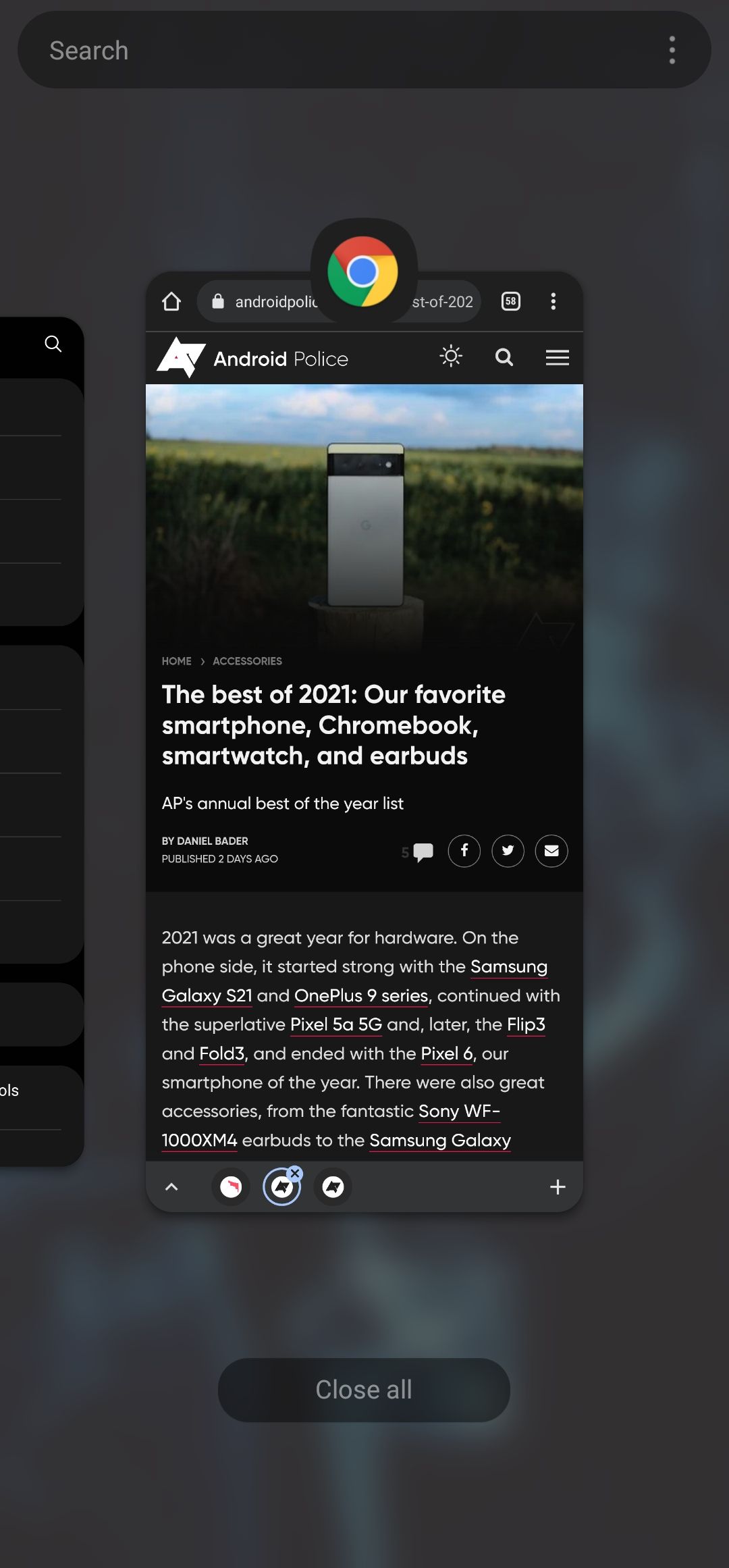
You can then swipe left and right to navigate the list, tap a preview to open the corresponding app, or swipe on the line to close the multitasking page like you could when using three-button navigation.
You can also quickly switch from your current app to the last-used app without opening the overview screen. Swipe from left to right on the gesture handle at the bottom of your screen.
Activating the Google Assistant in Android 10 or later
You could launch Google Assistant in older Android versions by saying “OK, Google” or holding down the home button. Google began offering more ways to access Google Assistant with Android 10. You can access the assistant by a diagonal swipe and hold from the left and right side of your screen, tapping the microphone icon in the search bar on your home screen, or opening the app. Read our Google Assistant guide for Android to learn how to access and use the feature.
Other Android gestures
Apart from the main gestures we just examined, Android has others that help you accomplish specific tasks faster. However, the available gestures and their locations depend on your device.
0:30
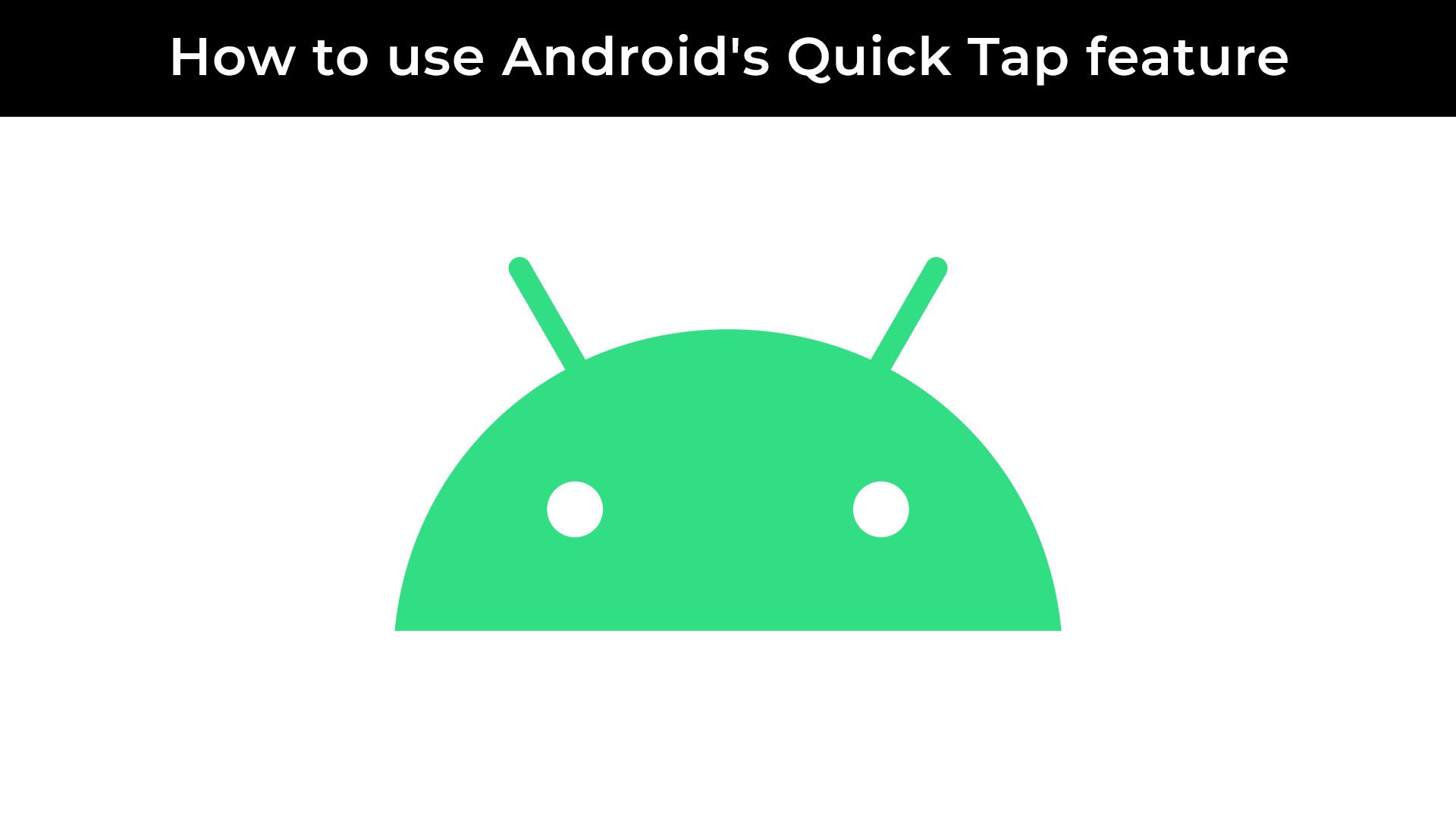
How to use Android’s Quick Tap feature
There’s a lot you can do by tapping the back of your Pixel phone
For example, the Google Pixel 4 was the last Pixel device to offer Active Edge, a feature that lets you squeeze the sides of your phone to launch Google Assistant. To find other Pixel gestures, navigate to Settings > System > Gestures. On a Samsung Galaxy phone, go to Settings > Advanced features > Motions and gestures.
How to use predictive back gestures
Predictive back gestures preview what will appear on-screen when you complete your swipe. This feature is available on Android 14 devices, but you must turn on developer options to activate it.
- Turn on gesture navigation using the steps described earlier.
- Scroll down in the Settings app and tap About.
- Tap the build number several times until you receive a notification about developer options.
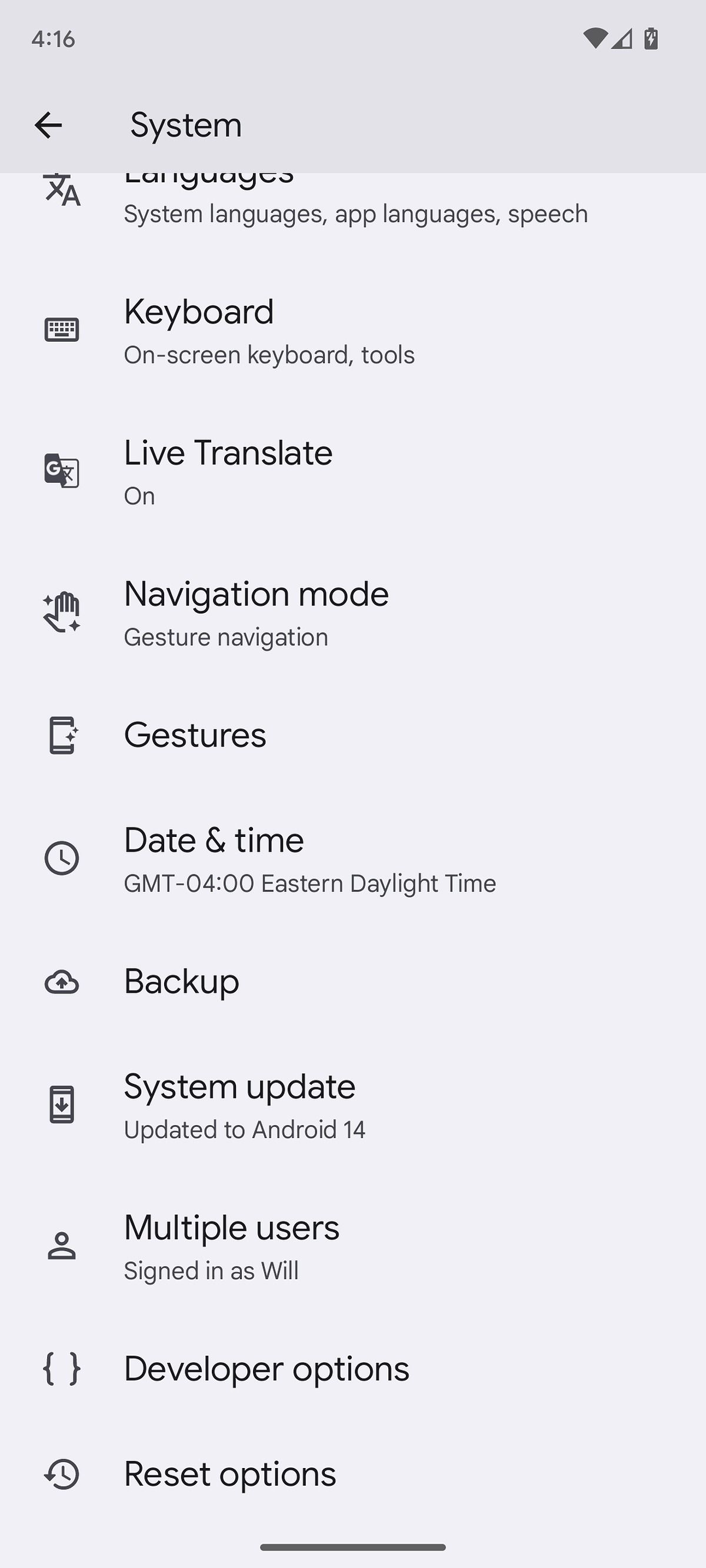
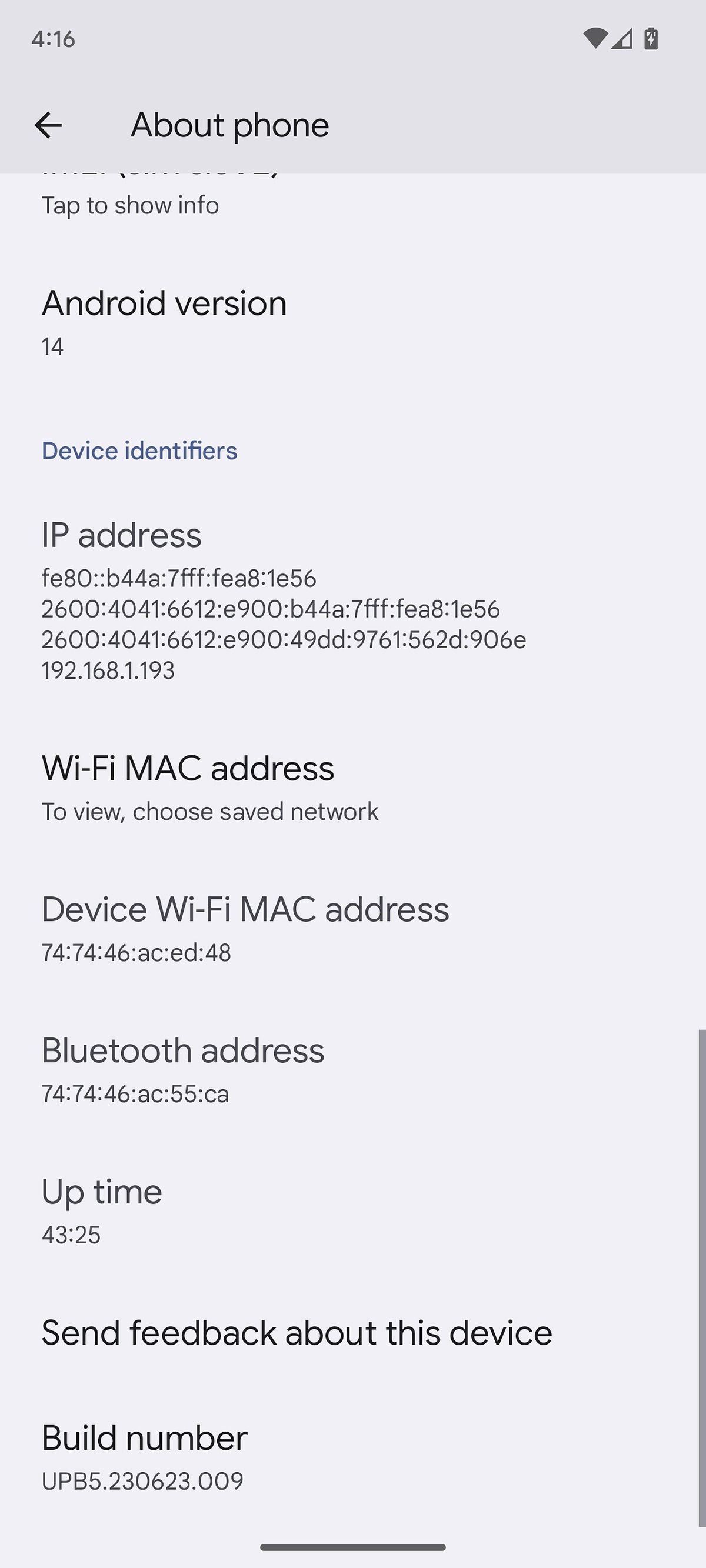
- Go to the System menu in the Settings app.
- Scroll down and tap Developer options.
- Scroll down and toggle on the Predictive back animations switch.
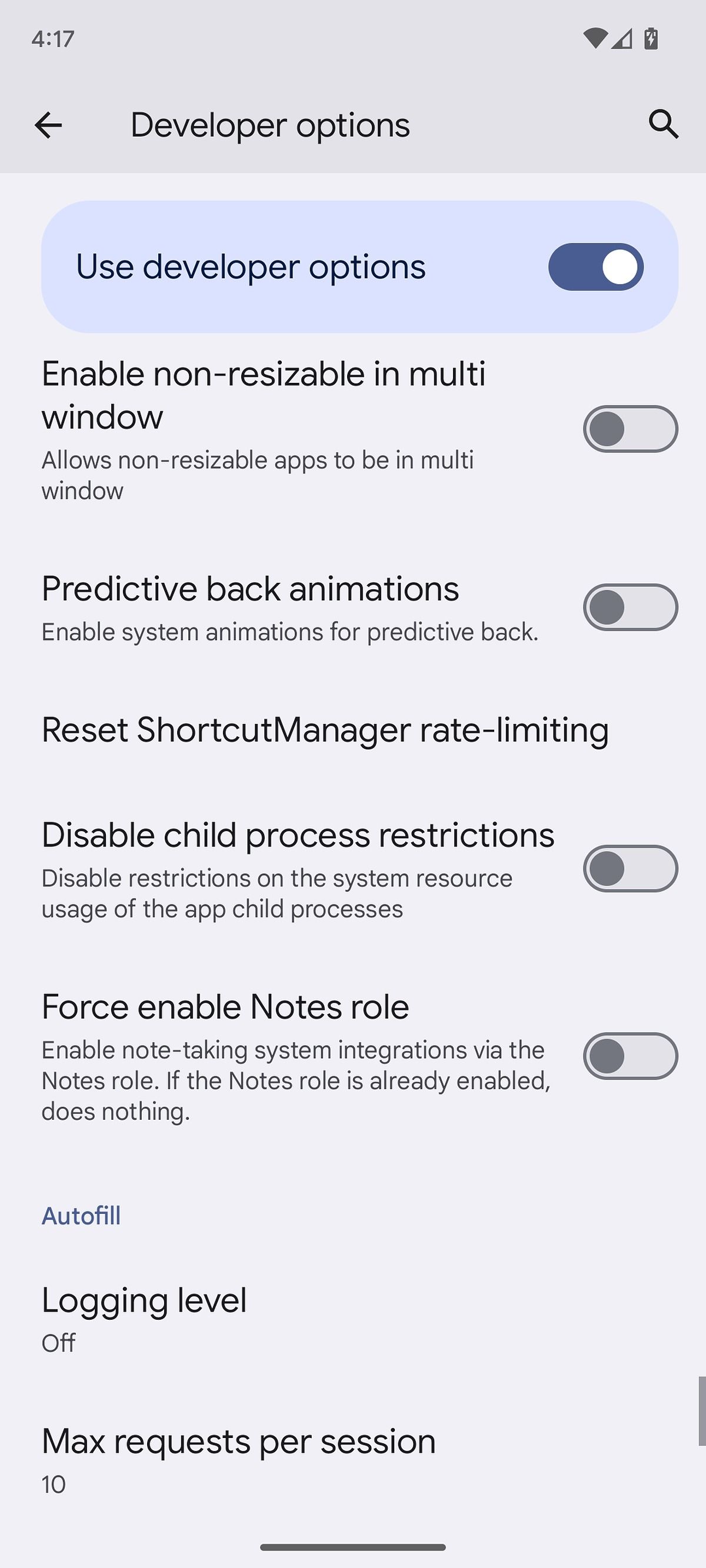
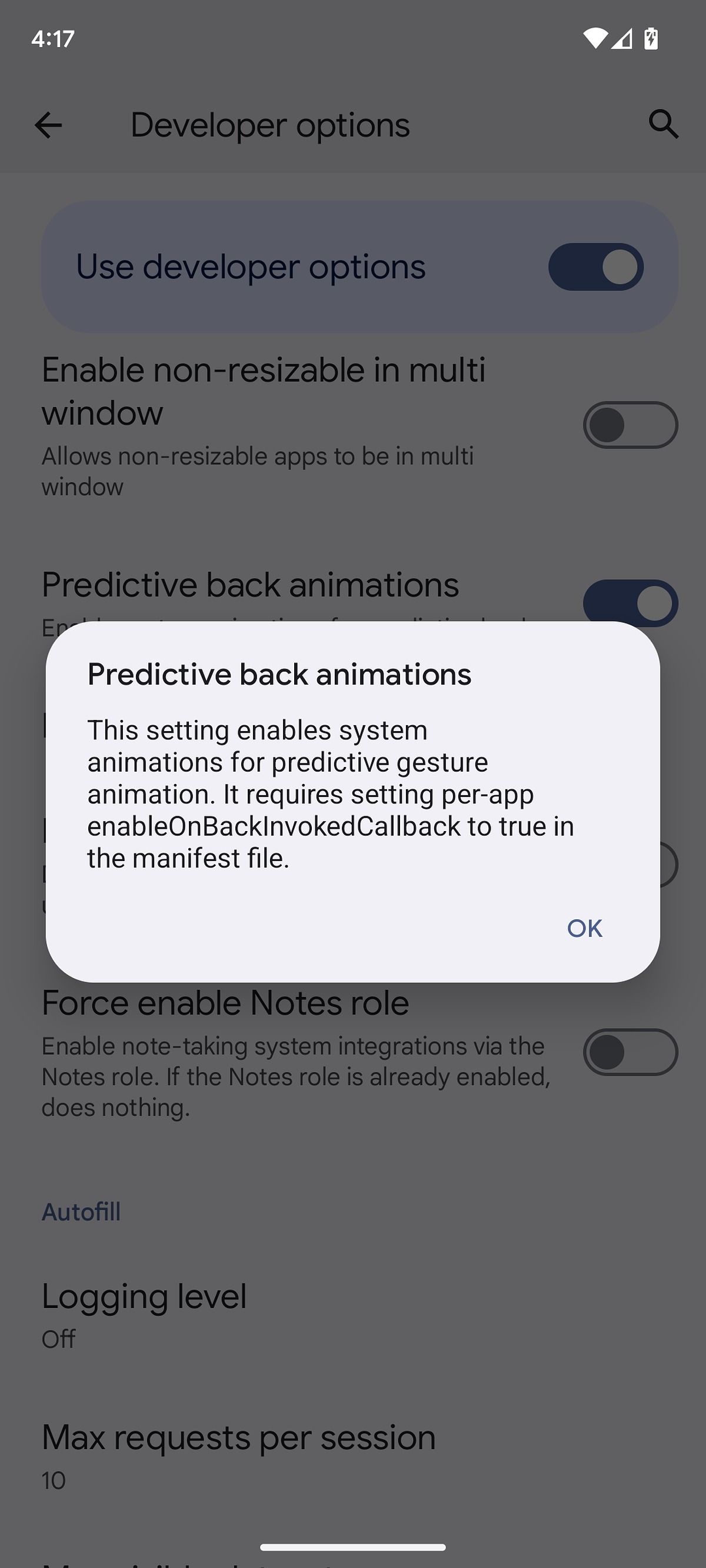
Android gestures: fun, efficient, and way more stylish
Gesture navigation is a slick way to navigate your phone. It’s comparable to the navigation iOS users have enjoyed for years. Predictive back gestures have supercharged this feature, but that wasn’t the only significant feature introduced in Android 14. Make sure you take some time to customize your Android 14 lock screen.
Source link


